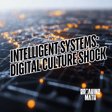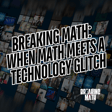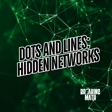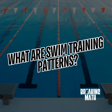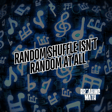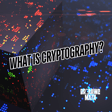
Why Machines Learn: The Math Behind AI
In this episode Autumn and Anil Ananthaswamy discuss the inspiration behind his book “Why Machines Learn” and the importance of understanding the math behind machine learning. He explains that the book aims to convey the beauty and essential concepts of machine learning through storytelling, history, sociology, and mathematics. Anil emphasizes the need for society to become gatekeepers of AI by understanding the mathematical basis of machine learning. He also explores the history of machine learning, including the development of neural networks, support vector machines, and kernel methods. Anil highlights the significance of the backpropagation algorithm and the universal approximation theorem in the resurgence of neural networks.
Keywords: machine learning, math, inspiration, storytelling, history, sociology, gatekeepers, neural networks, support vector machines, kernel methods, backpropagation algorithm, universal approximation theorem, AI, ML, physics, mathematics, science
You can find Anil Ananthaswamy on Twitter @anilananth and his new book “Why Machines Learn”
Subscribe to Breaking Math wherever you get your podcasts.
Become a patron of Breaking Math for as little as a buck a month
Follow Breaking Math on Twitter, Instagram, LinkedIn, Website, YouTube, TikTok
Follow Autumn on Twitter and Instagram
Follow Gabe on Twitter.
Become a guest here
email: breakingmathpodcast@gmail.com
